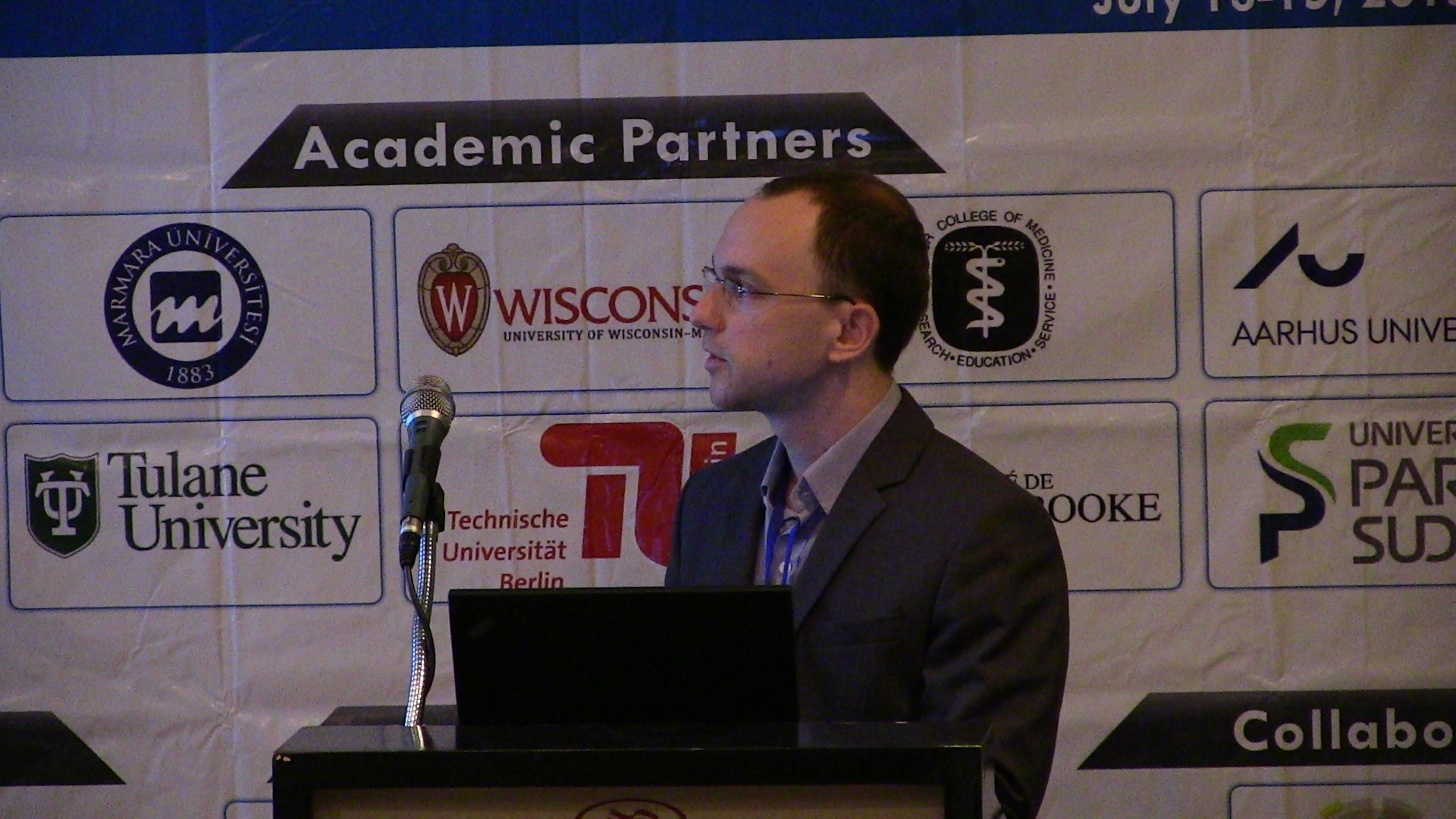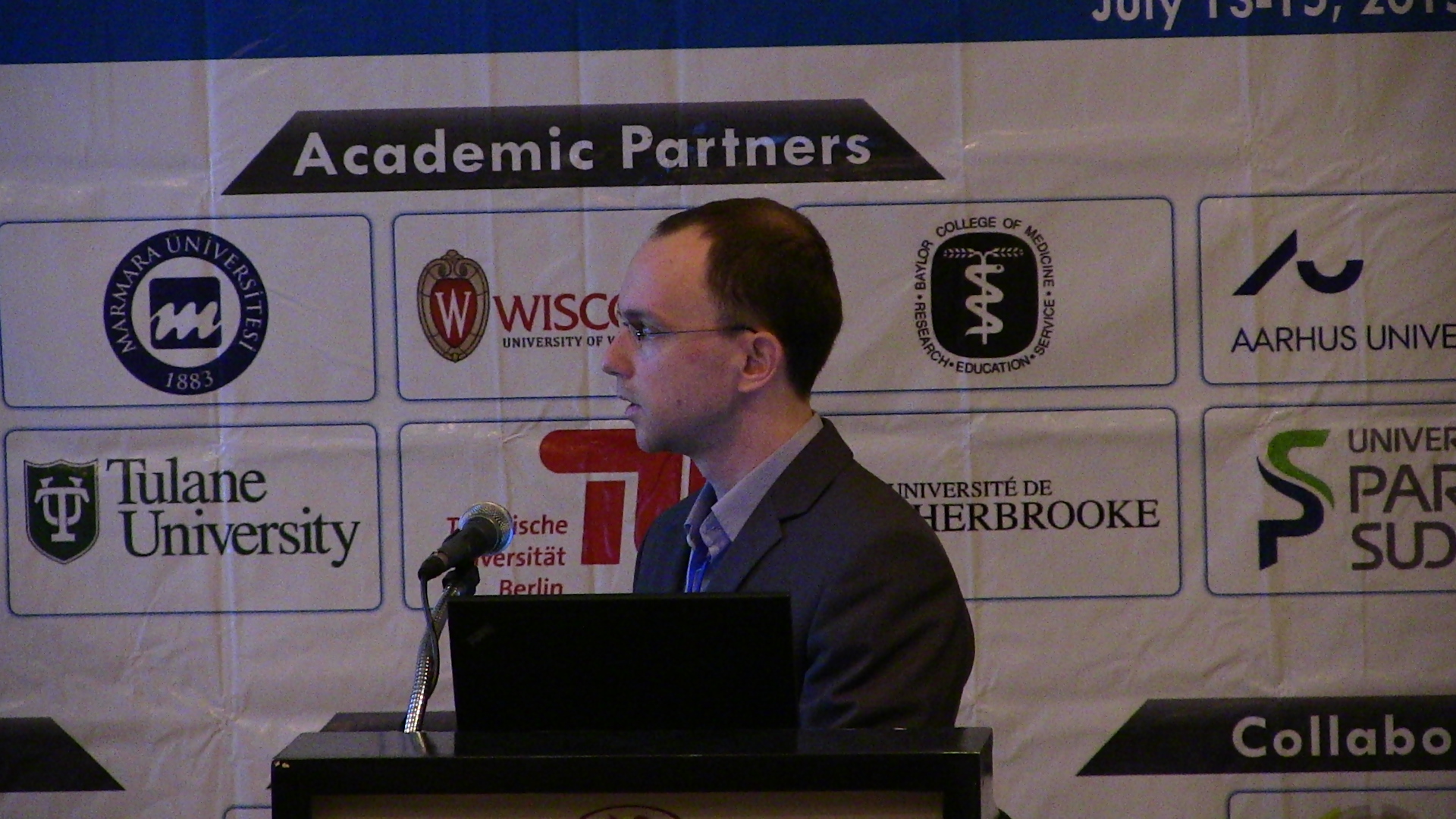
Erik Duemichen
BAM Federal Institute of Material Research and Testing, Germany
Title: Analyzing the thermal- and thermo-oxidative degradation of polymers by a combination of thermal solid-phase extraction and thermal desorption (TED-GC-MS)
Biography
Biography: Erik Duemichen
Abstract
The common analyzing techniques for polymer degradation mechanism are thermogravimetry (TGA) coupled to Fourier transformed infrared spectroscopy or mass spectrometry (TGA-FTIR/MS) and pyrolysis gas chromatography mass spectrometry (Py-GC-MS). TGA-FTIR and TGA-MS are powerful tools for the analysis of decomposition molecules like water, methane, carbon dioxide or ammonia due the specific signals of these small molecules with high symmetry. With Py-GC-MS the hydrocarbon decomposition products can be separated by a chromatographic column and identified over mass spectrometry. Therefore, an unambiguous identification of characteristic polymeric decomposition product is possible. However, using Py-GC-MS only small sample amounts can be analyzed (0,1 – 0,5 mg) and small transfer capillaries are used which cause problems through contamination or even blockage. Therefore, a quantification or semi-quantification of decomposition products is difficult to do. A new technique was established that is called thermal extraction and desorption gas chromatography mass spectrometry (TED-GC-MS). The method combines the advantage of using the thermogravimetry as thermal extractor: mass signal, using inert and oxidizing atmosphere, designed to work under the formation of big amounts of dirt, easy sample preparation, as well as the advantage of a chromatographic system that can separate the degradation products. These decomposition products can be certainly identified with reference mass spectra. The extraction was realized by the adsorption of the degradation products out of the TGA on twister. These twister are small stir bras with an defined amount of adsorption material (PDMS) on the surface. Subsequently these twisters were analyzed by thermal desorption gas chromatography mass spectrometry. The desorption is carried out with ambient temperatures (about 200 °C). Thus, the MS-system stays clean and no problems with contamination or even a blockage were observed. Quantitative as well as semi-quantitative measurements can be carried out due to this defined adsorption capacity. We will present some results about various topics using this new method. Advantages and disadvantages will be presented and a comparison with established methods.




